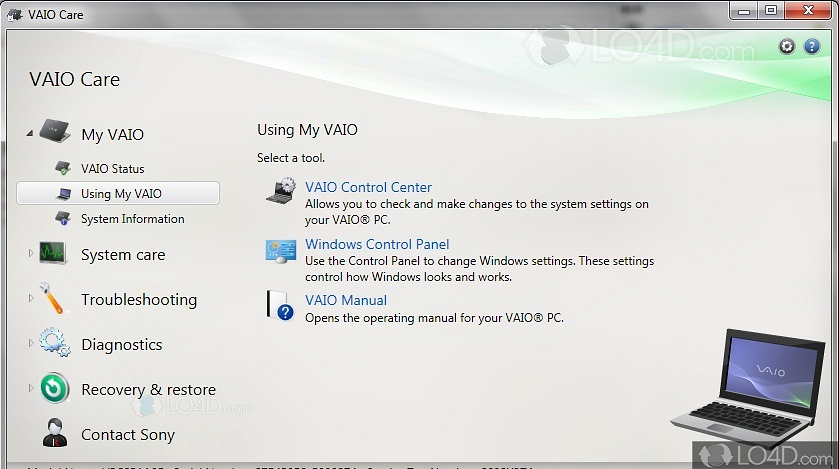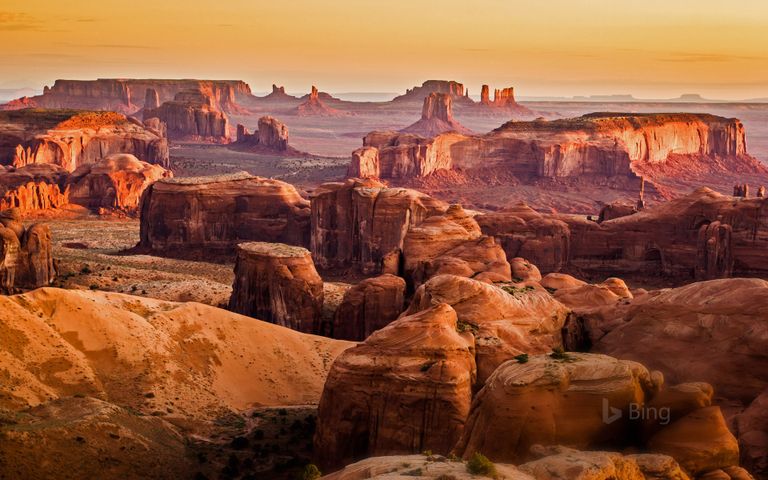

The classic Disk Management tool does include more advanced features like deleting and formatting disk partitions, which are currently missing in the modern counterpart. The popup window shows the current size of the volume, and the minimum or maximum space you can have for the current volume.Ĭurrently, the modern replacement works partially and it isn’t as advanced as the classic tool or third-party tools, but it gets the basic job done. In Windows 10, right-click the Start button and choose Disk Management.

You can open Windows Disk Manager by pressing Windows and R keys on the keyboard at the same time, and then input diskmgmt.msc. Press Win + R, input diskmgmt.msc to the box of the Run window and click OK. Some of you may think of using Windows own free disk manager Diskpart Utility, Disk Manager to try to erase the entire hard drive.

#Popular free disk utility windows 10 Pc#
In the example above, we’re shrinking a 60GB volume partition. Other Free Ways to Wipe Windows 10/8/7 PC Hard Drive.

If you select “Change Size” option, a popup opens to show the disk that contains that volume and you can shrink the volume when it has enough free space. Save yourself the data loss and downtime that is associated with. The page also shows a graphical representation of your volume and available storage space. DriveDx - the most advanced drive health (S.M.A.R.T.) diagnostics and monitoring utility. The letters which are not already assigned to volumes are only available on the dropdown. In the dropdown menu of “Change Drive Letter”, you can select a new drive letter. To change the drive letter, you need to select the volume and open its Properties, and simply click on ‘Change Drive Letter’. If you’ve ever wanted to rearrange the drive letters for your various volumes, this new tool would be the place to go. While the ‘Explore’ button simply opens the disk partition in File Explorer, the second option called ‘Properties’ allows you to actually manage the selected volume. When you select a volume, you’ll see two options – Explore and Properties. In my case, I have only one disk, two ‘unlabelled’ volumes and one recovery partition. Once you put your folders in the drawer, it is then considered a Volume.The homepage of the Disk Management window shows you a list of your disks and their volumes. Once you separate the drawers, then you would add the hanging file frames and file hangers. Think of your hard drive as the cabinet and the Partitions the drawers. To make things simple, let’s use a filing cabinet as an example. For example, if you create a 50GB partition on your hard drive but don’t format it, you won’t be able to store any data there. You can choose any folder on any hard drive that's plugged in, including removable ones, as well as the. Each time Disktective opens, it asks what directory you want to scan.
#Popular free disk utility windows 10 portable#
This one is portable and takes up less than 1 MB of disk space, so you can carry it with you on a flash drive. If the partition is created but isn’t formatted, you won’t be able to access that portion of the hard drive. /rebates/&252fpartition-master252ftwo-useful-disk-utilities-in-windows.html26tc3dbing-&ideaseus&nameEaseUS+Software&ra16. Disktective is another free disk space analyzer for Windows. When you open File Explorer, the Volumes will appear as separate “hard drives.” A Volume is a partition after it has been created then formatted, which means it’s ready to be used. Partitions are allotted amounts of space assigned to a disk and functions as if it’s a physically separate drive. In the Disk Management utility, you’ll notice Volumes listed on the top, but Partitions listed at the bottom. The terms volume and partition can often be confused for one another. What’s the difference between a volume and a partition?


 0 kommentar(er)
0 kommentar(er)
